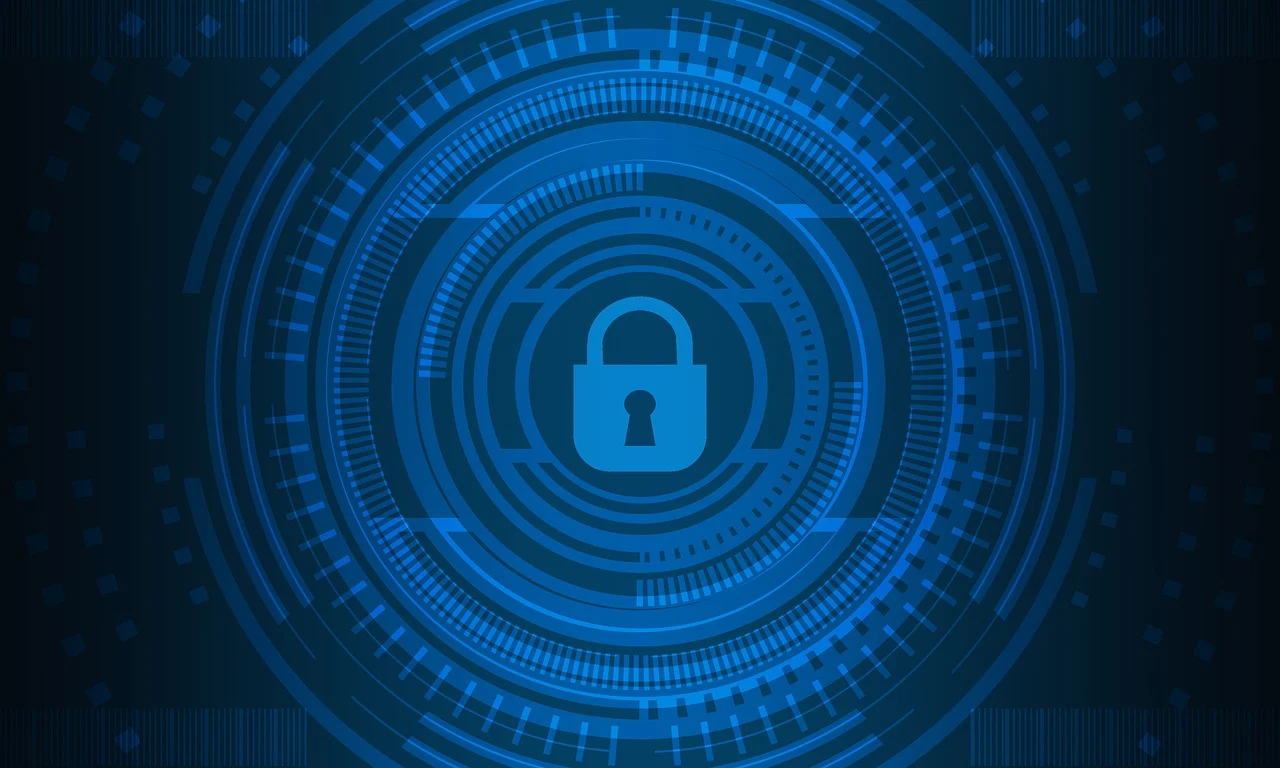Introduction
Do you remember the last time you changed your password? If it’s been while, you’re not alone. Many of us set passwords and then forget them until something goes wrong. But in today’s digital age, where data breaches are common, it’s crucial to take password security seriously. This blog post will guide you through best practices for creating and managing secure passwords, helping you keep your digital life safe.
The Importance of Password Security: Understanding the risks of weak passwords
Weak passwords are like leaving your front door unlocked: an invitation for cybercriminals to access your personal information. The damage can range from stolen identities to emptied bank accounts.
Changing Trends in Digital Security: How password management is evolving
As cyber threats evolve, so do the strategies to counter them. Password management has shifted from simple rules to more sophisticated techniques and technologies.
Overview of the Article: What you will learn about password best practices
By the end of this article, you’ll understand how to create strong passwords, manage them efficiently, and safeguard yourself against cyber threats. Let’s dive in.
1. The Anatomy of a Strong Password
Unique Characteristics of Secure Passwords: Length, complexity, and unpredictability
A strong password is long, complex, and unpredictable. Ideally, it should be at least 12 characters in length, including a mix of uppercase letters, lowercase letters, numbers, and symbols.
Common Mistakes in Password Creation: Avoiding predictable patterns and information
Many people use easily guessable passwords like “123456” or “password.” Others use personal information such as birthdays or pet names, which are often easy to find online.
Tools for Generating Secure Passwords: Software and online tools that can help
Tools like LastPass or 1Password can generate and store complex passwords for you. These tools create strong passwords that you don’t need to memorize.
2. Techniques for Remembering Complex Passwords
Using Mnemonics: Creating memorable password formulas
Create acronyms or phrases from a sentence that is meaningful to you. For instance, “I love to eat pizza every Sunday!” can be turned into “Il2epES!”
The Role of Password Managers: How they work and why they are secure
Password managers store your passwords in a secure vault that’s accessible with a master password. Since you only need to remember one password, you can make it extra strong.
Balancing Memorability and Security: Strategies to remember your passwords without compromising security
Besides using a password manager, consider chunking (breaking a password into smaller chunks) and visualization (using mental images to remember).
3. Safeguarding Your Passwords from Theft
Understanding Common Threats: Phishing, brute force attacks, and social engineering
It’s crucial to recognize how these threats work so you can avoid them. For example, never input your password after following a link in an email.
Best Practices for Storing Passwords: Physical and digital storage tips
Never write down passwords on sticky notes attached to your screen. If you must write them down, keep them in a secure place.
Security Measures Beyond Passwords: Multi-factor authentication and biometrics
Using additional verification steps like SMS codes or fingerprint scans enhances your security significantly.
4. Regular Maintenance of Password Health
Schedule for Password Updates: How often should you change passwords?
Change your passwords every three to six months or immediately if you suspect a breach.
Signs Your Password May Be Compromised: Recognizing suspicious activities
Monitor your accounts for unexpected activity. If something feels off, it probably is.
Deciding When to Reset Passwords: Proactive versus reactive approaches
Being proactive about your password health can prevent many potential problems.
5. Educating Others on Password Security
Creating a Culture of Security at Home: Teaching family members about password importance
Explain the risks and techniques for secure passwords to your family, especially to kids and elders.
Password Security in the Workplace: Training and policies to enforce strong passwords
Businesses should implement policies that enforce regular password updates and use of password managers.
Reaching Out to Less Tech-Savvy Individuals: How to make this information accessible and understandable
Keep explanations simple and demonstrate the processes whenever possible.
Conclusion
Summary of Key Points: Recap of the most crucial aspects of password security
We’ve covered the importance of strong passwords, how to generate and remember them, and ways to protect them from theft.
The Future of Passwords: Insights into where password security is headed
Expect more sophisticated security measures as technology evolves, possibly moving beyond passwords altogether.
FAQs
What is the best password length as per the latest security standards?
At least 12 characters.
Should I use different passwords for different sites?
Absolutely, to prevent a breach on one site from affecting others.
How often should I change my passwords?
Every three to six months, or immediately if compromised.
Is it safe to use password managers, and what are the best ones available?
Yes, they are safe. Popular ones include LastPass, 1Password, and Dashlane.
What should I do if I suspect my password has been compromised?
Change your password immediately and monitor your accounts for unusual activity.



Leave A Comment